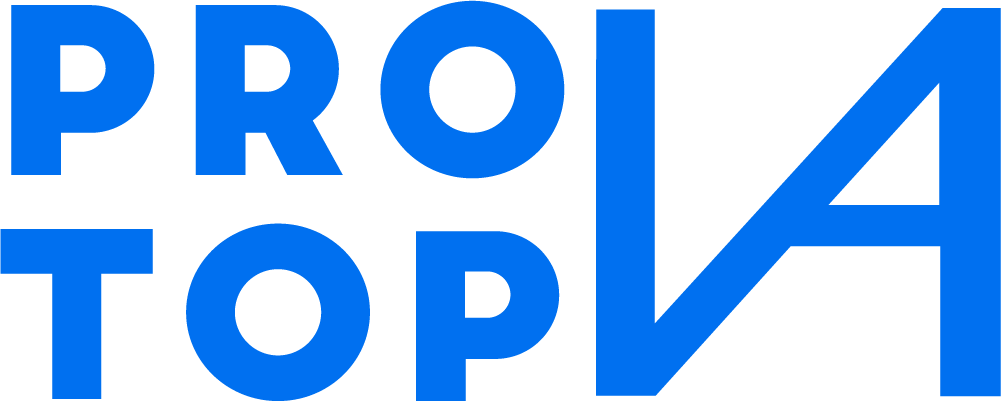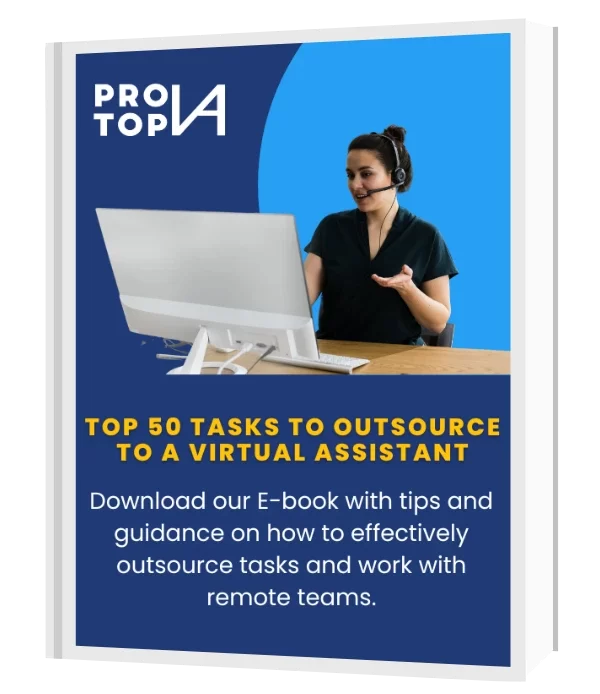Businesses are increasingly turning to Marketing Virtual Assistants (MVAs) to help manage their marketing efforts efficiently and cost-effectively. The right MVA can be a valuable asset to your team, but finding and hiring the perfect fit requires careful consideration and planning. In this guide, we will walk you through the essential steps to identify, evaluate, and onboard the ideal Marketing Virtual Assistant for your business, ensuring a successful partnership that enhances your marketing endeavors.
Table of Contents
The importance of hiring the right virtual assistant

Efficiency: A well-matched virtual assistant can significantly boost your operational efficiency. They can handle administrative tasks, scheduling, data entry, and more, allowing you to focus on high-priority, revenue-generating activities. With a VA taking care of routine work, you can complete tasks faster and meet deadlines with ease.
Expertise: When you hire a virtual assistant with specialized skills, you gain access to knowledge you may not possess in-house. Whether it’s graphic design, content writing, social media management, or data analysis, a skilled VA can enhance the quality of work in these specific areas, producing professional results and boosting your brand’s image.
Cost Savings: The right virtual assistant can be a cost-effective alternative to hiring a full-time employee. You avoid the costs of benefits, office space, equipment, and taxes associated with traditional employment. This cost efficiency allows you to allocate resources more strategically, directing savings toward growth and innovation.
Scalability: A capable VA provides the flexibility needed for business growth. As your workload fluctuates, you can easily scale up or down by adjusting the VA’s hours or tasks. This adaptability helps you meet the demands of your business without the complications of hiring or layoffs, making your operations more agile.
Focus on Core Activities: Delegating routine and time-consuming tasks to the right virtual assistant empowers you to concentrate on core business activities. This not only enhances your productivity but also allows you to dedicate more time to strategic planning, customer engagement, and innovation, which are essential for business growth.
Work-Life Balance: A key benefit of hiring the right virtual assistant is improving your work-life balance. With administrative and repetitive tasks off your plate, you can achieve a healthier equilibrium between work and personal life. This leads to reduced stress, increased well-being, and higher job satisfaction.
Global Talent Pool: Virtual assistants can be located anywhere worldwide, providing access to a diverse talent pool. This global reach allows you to find a virtual assistant with the exact skills and experience you need. It also opens the door to fresh perspectives and innovative ideas from individuals with different cultural backgrounds and work experiences.
Define your needs and objectives.

Defining your needs and objectives is the crucial initial step when hiring a virtual assistant. It involves clearly outlining the tasks and responsibilities you want your VA to handle and setting specific goals for their role. This process is essential because it:
Ensures Clarity: When you define your needs and objectives, you create a well-documented and specific job description for your virtual assistant. This clarity helps both you and the VA understand their role, responsibilities, and goals. It reduces the likelihood of misunderstandings, vague expectations, or tasks falling through the cracks. A clear outline serves as a reference point for the VA, making it easier for them to align their work with your vision.
Streamlines Recruitment: Defining your needs and objectives acts as a roadmap for the hiring process. It allows you to craft job postings, conduct interviews, and accurately evaluate candidates. You can focus on candidates whose skills and experiences match your requirements, saving time and effort in selecting. This targeted approach increases the chances of finding the right fit for your business.
Measures Success: Specific objectives are measurable benchmarks for your virtual assistant’s performance. With clear goals in place, you can track progress, evaluate outcomes, and measure the impact of their work. This assessment not only helps you monitor their effectiveness but also provides a basis for performance reviews and improvements over time.
Optimizes Productivity: By defining your needs and objectives, you can prioritize tasks and goals that have the most significant impact on your business. This optimization of resources ensures that your virtual assistant is working on high-value, strategic tasks, increasing overall productivity. It minimizes the risk of assigning them routine or low-priority work that can be automated or delegated elsewhere.
Guides Training: An established set of needs and objectives serves as a training framework for your virtual assistant. It provides a structured plan for onboarding and familiarizing them with their role. This guidance accelerates the learning curve and enables your VA to become proficient in the tasks and objectives you’ve set. It also facilitates a smoother integration into your team and operations.
In essence, defining your needs and objectives is the cornerstone of a successful virtual assistant partnership. It promotes clarity, efficiency, and effectiveness, aligning your virtual assistant’s work with your business goals and optimizing the overall impact they have on your operations.
Create a job description to hire a virtual assistant.

Job Title and Overview:
Choose a job title that accurately reflects the role, such as “Virtual Assistant,” “Administrative Virtual Assistant,” or “Marketing Virtual Assistant.”
In the job overview, briefly explain the purpose of the role. For example, “As a Virtual Assistant, you will provide administrative support to streamline business operations and enhance efficiency.”
Responsibilities:
List specific tasks and responsibilities the virtual assistant will be responsible for. Examples may include managing emails, scheduling appointments, data entry, content creation, social media management, or customer support.
Prioritize and focus on core duties that align with your business needs.
Qualifications:
Specify the qualifications, skills, and experience required. Mention essential qualifications, such as proficiency in Microsoft Office, Google Workspace, or industry-specific software.
If specific certifications, degrees, or language proficiency are necessary, make it clear.
Work Arrangement:
State whether the role is full-time, part-time, or freelance. Be specific about the expected number of working hours per week.
If the virtual assistant needs to work in a specific time zone or during particular hours, mention this to ensure compatibility.
Tools and Software:
Provide a list of the tools, software, and platforms the virtual assistant will be expected to use. This can include project management tools like Trello or Asana, communication software like Slack or Zoom, or industry-specific applications.
Mention if training will be provided for specific tools.
Communication and Reporting:
Explain the expected communication and reporting practices. Detail how often you expect updates, what form they should take (e.g., email, written reports), and when regular meetings or check-ins will occur.
Clear communication expectations help ensure a productive working relationship.
Pay and Benefits:
Specify the compensation offered for the role. You can mention whether it’s an hourly rate, monthly salary, or per-project payment.
If applicable, outline any additional benefits, such as performance bonuses, professional development opportunities, or other perks.
Company Overview:
Provide a brief introduction to your company, including its mission, values, and the industry in which it operates. This helps candidates understand your business culture and goals.
Application Process:
Clearly state how candidates should apply, including the application deadline, where to submit their application (e.g., email or a job portal), and any specific information or tasks they need to include in their application.
If you require a resume, cover letter, or portfolio, be explicit about these requirements.
Equal Opportunity Statement:
Promote diversity and inclusivity in your hiring process by including an equal opportunity statement. Assure candidates that your hiring process is fair and free from discrimination based on age, gender, race, or disability.
Highlight your commitment to creating an inclusive and welcoming work environment.
conclusion
In conclusion, finding and hiring the perfect Marketing Virtual Assistant (MVA) is a strategic investment in your business. By following a carefully crafted process that includes defining your needs, sourcing qualified candidates, evaluating their skills and compatibility, and setting clear expectations, you can secure an MVA that aligns with your marketing goals and enhances your operations. The right MVA will not only streamline your marketing efforts but also contribute to your business’s growth and success.



